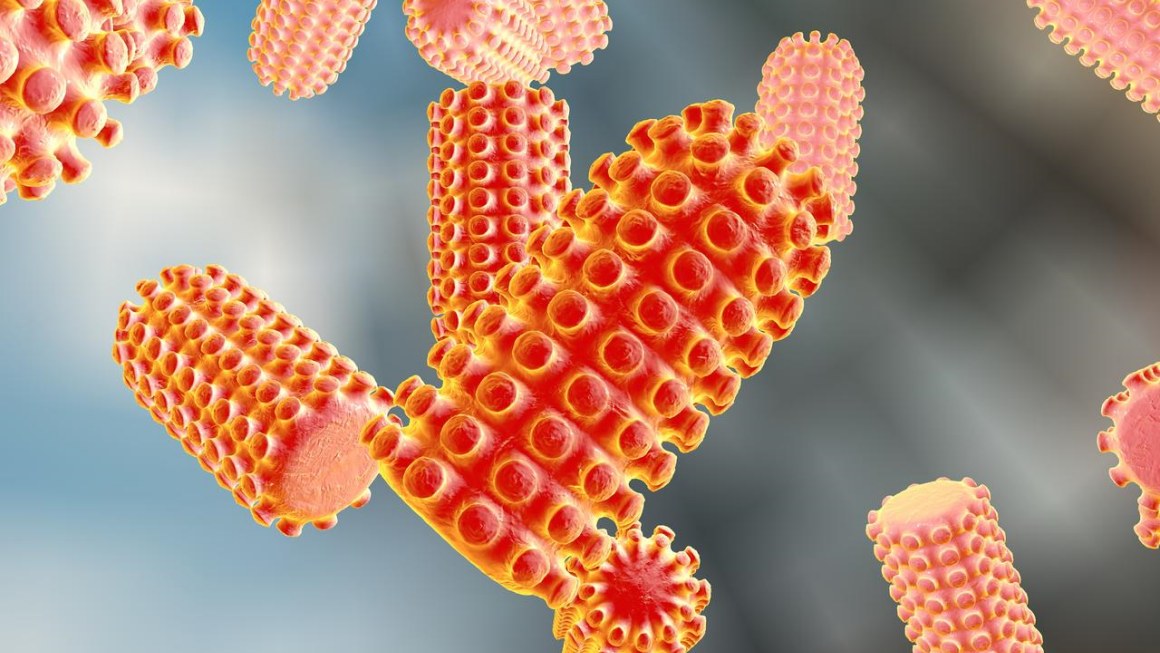Cell membranes play an important role in the protection of cell components from the influence of extracellular environment and the controlling of the substances which go in and out of the cells. Certain substances are allowed to go in and out of the cell by the cell membranes through active or passive permeation. Active permeation requires energy to shuttle molecules along their concentration gradients, while passive permeation takes advantages of multistep equilibria from outside the cell, through the outer leaflet, inner leaflet, and finally inside the cell without the help of energy. The passive permeation is sensitive to the chemical and physical properties of the molecules and the way they interact with the properties of the lipid bilayer.
Hydrogen peroxide (H2O2), an important small molecule which has significant effects on living organisms, is regulated through diffusion across the cell membrane. As there are full of hydrophobic alkyl chains inside the cell membrane, the hydrophilic H2O2 molecule can be minimally partitioned into the inner part of the cell membrane. The introduction of hydrophilic alkyl chains in this region significantly improves the permeation ability of H2O2, and the hydrophilic alkyl chains can be incorporated into the inner cell membrane by the incorporation of the oxidized lipids which could alter the intra- and intermolecular configuration.
The oxidized lipids were mainly POVPC, 16:0-09:0 (ALDO) PC, and PAzePC. Each of the lipids has two alkyl chains but is more hydrophilic by an aldehyde or carboxylic acid moiety attached to the end of the shorter alkyl chain. The lipids were mixed with DOPC and the permeation of H2O2 was measured by a spectrofluorometer using chemiluminescence emitted from luminol and HRP that were also existing in the prepared liposomes.
The study demonstrated the two independent mechanisms of H2O2 permeation. Liposomes doped with POVPC showed an intra-molecular switching from permeation enhancing to permeation inhibiting which is dependent on the mol percentage of POVPC in the liposome. Compared to POVPC, the 16:0-09:0 (ALDO) PC in DOPC liposomes contains longer alkyl chains but maintains the aldehyde group at its end, served as a permeation inhibitor. The alkyl chain length of the PAzePC is similar to that of the 16:0-09:0 (ALDO) PC, but PAzePC contains a carboxylic acid rather than an aldehyde group. The research found that the existence of PAzePC was permeating enhancing at any concentration. The studies provide the foundation for further exploration on artificial liposomes which can promote the stimuli-responsive switching between permeation promoting and inhibiting to control the release of small molecules.




